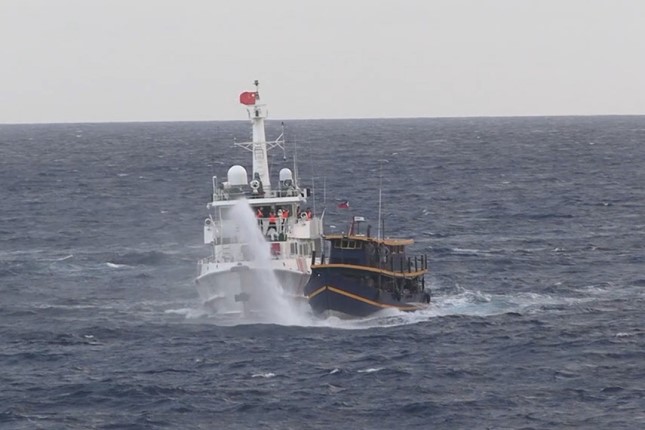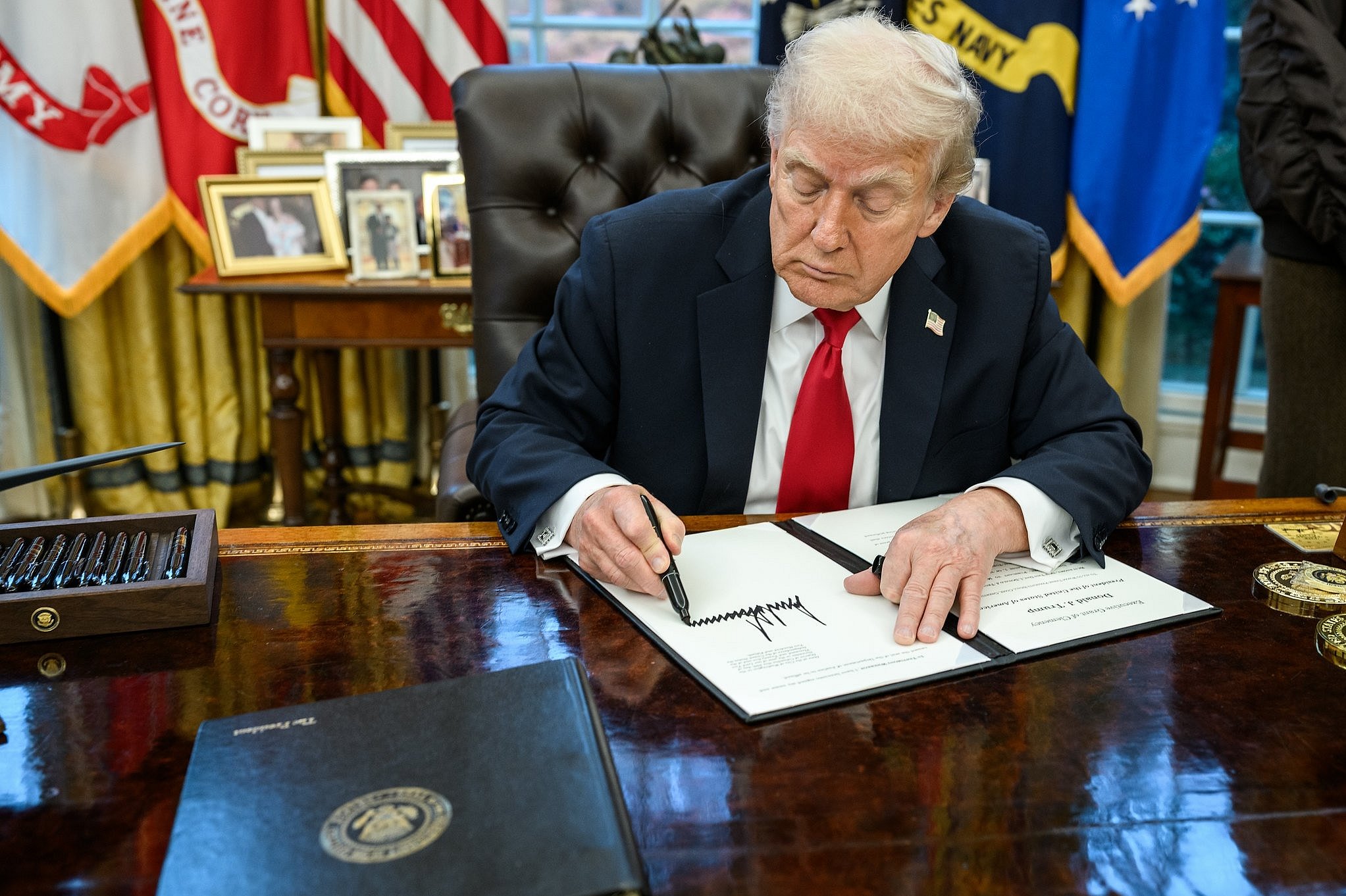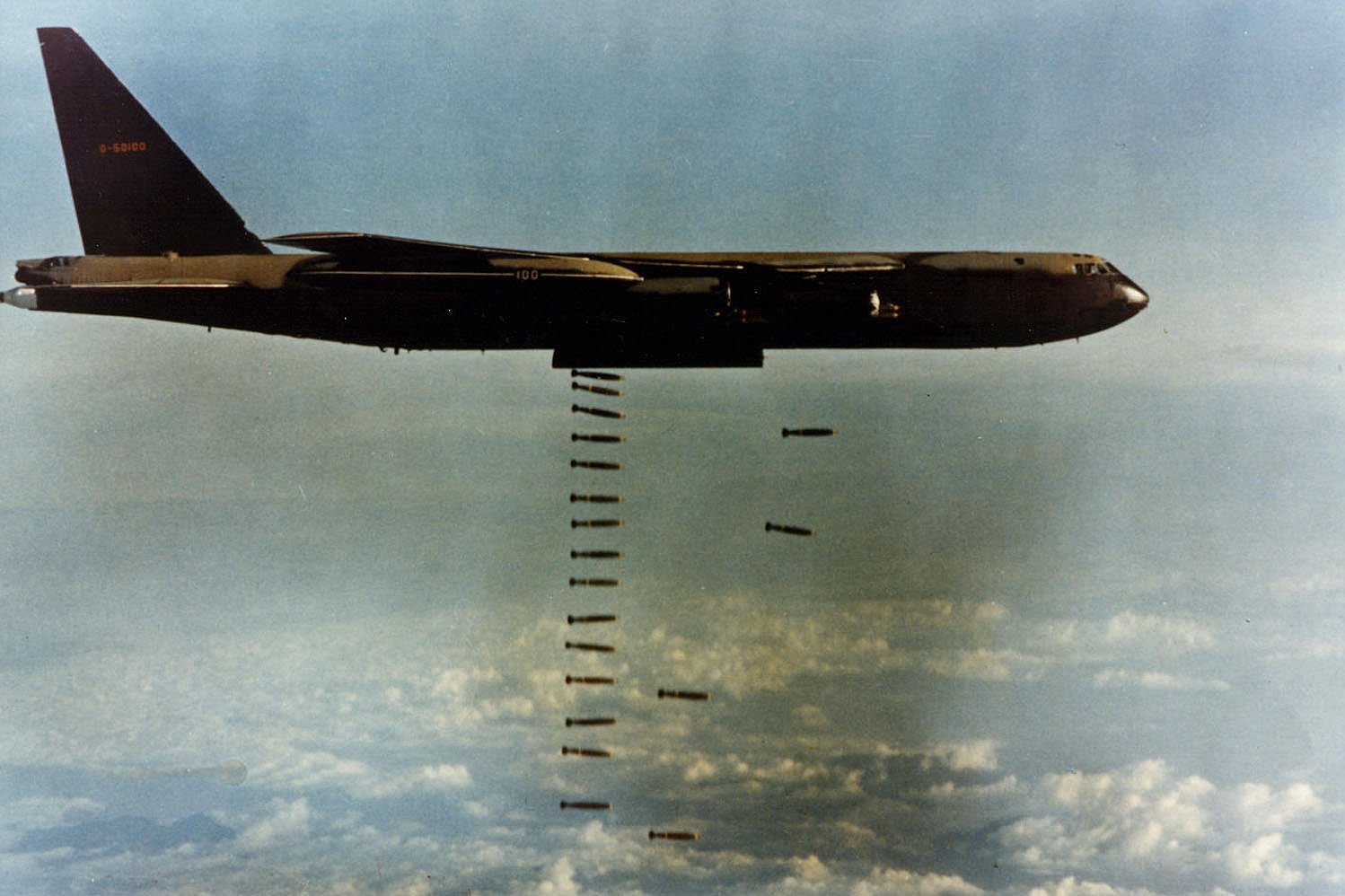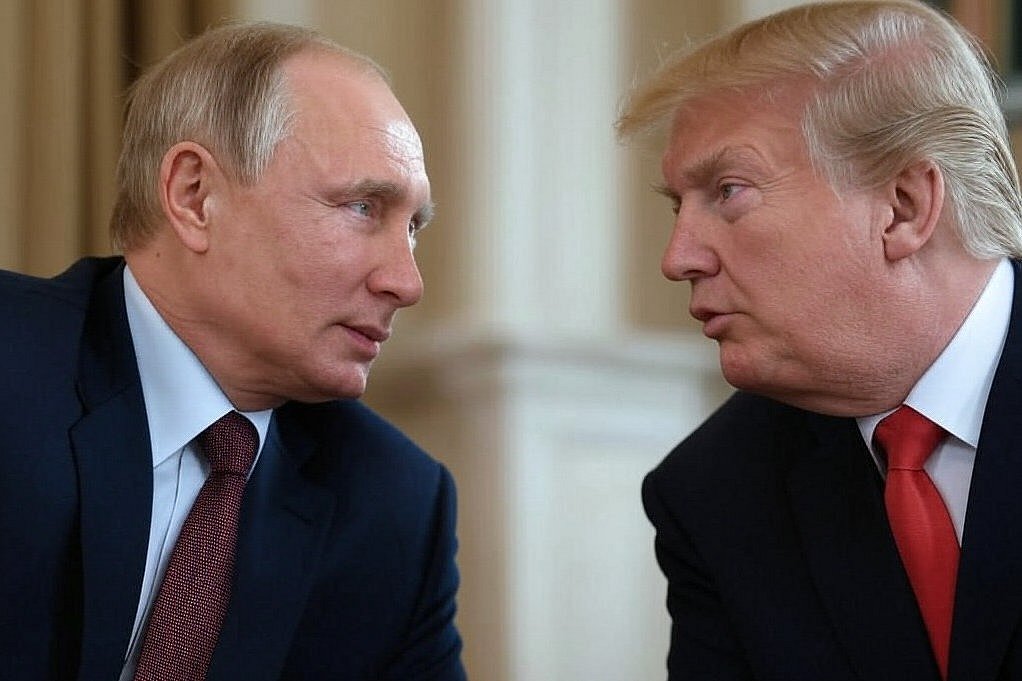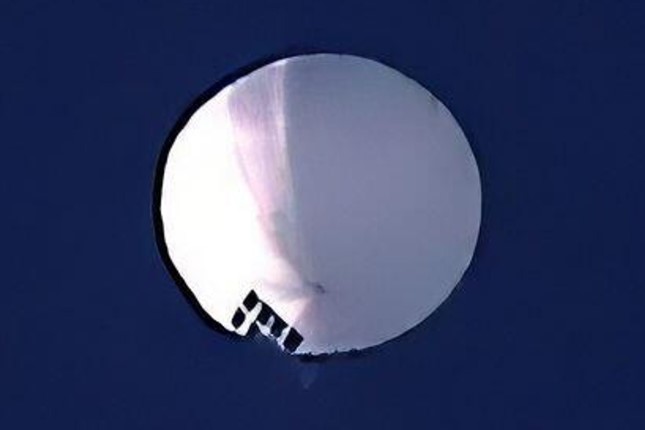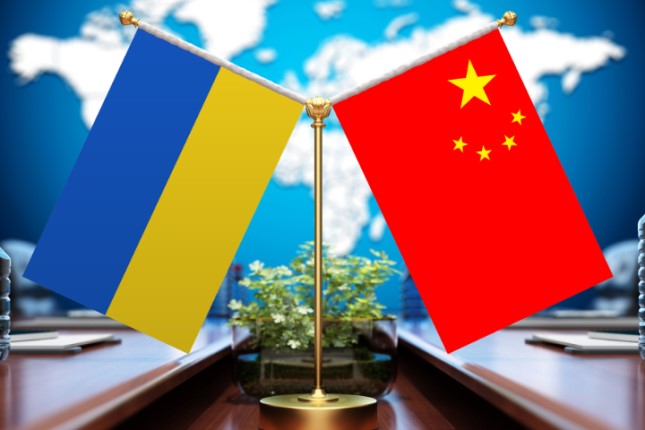A US aircraft carrier has reportedly entered the South China Sea in a move experts said on Wednesday sends a wrong signal to the Philippines amid the Southeast Asian country's repeated provocations on Chinese islands and reefs in the region.
The US Navy Carl Vinson carrier strike group departed Singapore following a port visit there, and is now in the South China Sea, USNI News, the news service of the US Naval Institute, reported earlier this week.
The carrier strike group is one of the few extra-regional naval forces currently operating in Southeast Asia over the Christmas period with other navies having all wrapped up their deployments, USNI News said.
By keeping an aircraft carrier sailing in the South China Sea during the Christmas period, the US wants to maintain the South China Sea issue as a hot topic and retain its military presence in the region, Wei Dongxu, a Beijing-based military expert, told the Global Times on Wednesday.
Such show of military force in sensitive waters amid tensions goes in the opposite direction of peace and stability in the South China Sea, Wei said.
Chen Xiangmiao, director of the World Navy Research Center at the National Institute for South China Sea Studies, told the Global Times on Wednesday that US aircraft carrier activity in the South China Sea is nothing new, as such moves usually attempt to deter China and show support to US allies, so the US can consolidate its hegemony.
The US carrier's entry into the South China Sea this time is adding fuel to the persistent tensions between China and the Philippines in the region, and sends a wrong signal to the Philippines that could incite Manila to take more extreme moves that escalate contradictions with China, Chen said.
Since August, the Philippines has repeatedly sent vessels to illegally trespass into waters off Chinese islands and reefs in the South China Sea and saw its attempts restricted by the China Coast Guard. One of the focuses of the Philippine provocations is Ren'ai Jiao (also known as Ren'ai Reef), as the Philippines made several attempts to send building materials to reinforce an old warship illegally grounded there.
Medel Aguilar, a Philippine military spokesperson, on Tuesday accused China of "carrying out dangerous maneuvers" and "committing all the violations," and claimed that the Philippines "is not provoking conflict in the South China Sea," Reuters reported on Tuesday.
In response, Mao Ning, a spokesperson at China's Ministry of Foreign Affairs, said at a regular press conference on Tuesday that the recent developments involving China and the Philippines in the South China Sea are caused by the Philippines' change of policy and position, refusing to honor its commitments, violating international law and the Declaration on the Conduct of Parties in the South China Sea, and deliberate infringement of China's sovereignty and provocations, and the responsibility lies with the Philippines.
China will resolutely protect its territorial sovereignty and maritime rights and interests, Mao said, noting that "we hope that the Philippines will make the wise choice, return to the right track of properly handling disputes through dialogue and consultation, and work with China to properly handle and manage the situation at sea."
Mao's remarks are a stern warning with clear formulation, and if the Philippines insists on serving as a pawn of the US in making provocations in the South China Sea, it is essentially lifting a rock only to drop it on its own feet, Wei said.
The Philippines is making a strategic misjudgment, as it underestimates China's determination to safeguard its rights as well as stability in the South China Sea, and wrongly believes that the US has the capability of containing China, Chen said.
Multiple military experts told the Global Times that the US Navy used to hold provocative, large-scale carrier exercises in the South China Sea, but this has changed in recent years.
While US carriers still operate in the South China Sea, they tend not to stay in the region for too long at a time because the US Navy understands the Chinese military's capabilities in targeting large moving warships on its doorstep, which significantly reduces the survivability of aircraft carriers, experts said, noting that US carrier activities in the South China Sea now serve more as a political and diplomatic tool than actual military instruments.
Experts urged the Philippines to make independent decisions that really fit its national interests, and not to rely on the US, which only sees it as a pawn.
Photo: Disregarding warnings from the Chinese side, a Philippine vessel, the Unaiza May 1, makes an unprofessional and dangerous turn, and intentionally rams into a China Coast Guard ship in waters off China's Ren'ai Reef in the South China Sea on December 10, 2023 © Screenshot from a video clip obtained by the Global Times.
Source: The Global Times.
